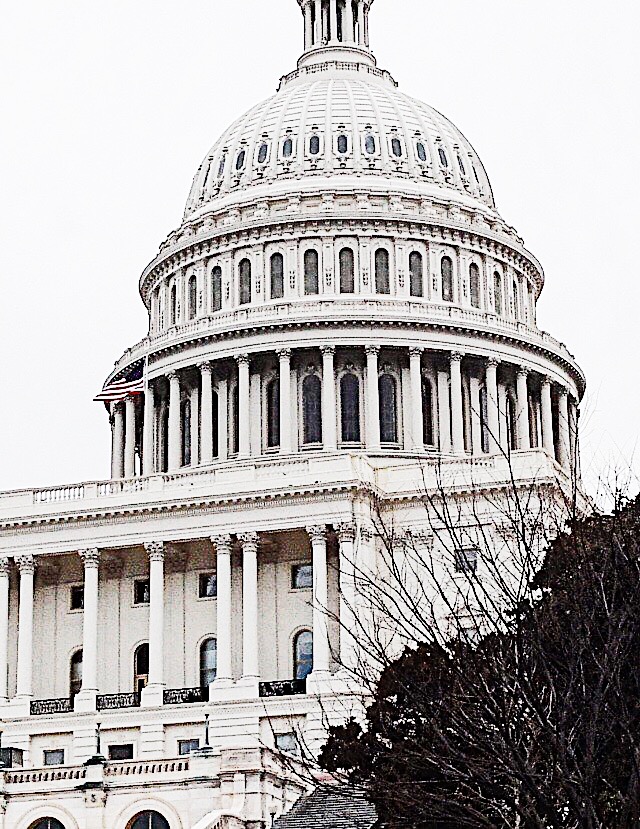Baylor Cook- Guest Writer
On Friday, Jan. 25, President Donald Trump announced that a compromise had been reached to finally bring an end to the longest government shutdown in United States history. The deal passed the House and Senate, and made its way to the president’s desk where it was signed Friday night.
This compromise ended the longest government shutdown in U.S. history, spanning 35 days, and leaving hundreds of thousands of government employees without pay.
The deal reached is known as a temporary funding bill, which will reopen the government for three weeks. If a long-term solution is not found during those three weeks, the government will shut down, again, on Feb. 15.
A government shutdown is quite literally when parts of the government partially close because they do not have the necessary funds to keep them open. Funding for almost all government agencies comes from annual budget appropriations delved out by Congress. Much of the government received funding when the budget year began on Oct. 1, 2018, however, some agencies had been running on what are known as, “temporary extensions.”
Simply put, these are small amounts of money given to agencies to keep them running for a short period of time, while Congress tries to decide how much money to allocate them in total. The last of these temporary extensions ran out on Dec. 21, at midnight, when the government shutdown officially began.
So, the government shutdown is due to the legislative body not being able to decide how much money to allocate to certain agencies of the government.
The shutdown came as Congress and the president were split on the issue of immigration. Trump refused to sign any funding bill that did not include money for building a border wall, a campaign promise he made to voters. The House and Senate were torn on the issue, as a result, the legislative system found itself in grid-lock.
Some in Congress agreed with the president, while some others wanted protections for former recipients of the Deferred Action for Childhood Arrivals or DACA, which provides protections for children who were brought to the U.S. illegally, by their parents, at no fault of their own. Others in Congress wanted a complete and total overhaul of the immigration system.
An immigration compromise could not be reached, and still has not been reached, leaving many Americans wondering if the shutdown will resume on Feb. 15. Furloughed employees and those working without pay will receive their back-pay following a bill signed in law by Trump during the shutdown, but may be left wondering if they will soon be back in the same position.
Over 800,000 government employees were affected by the government shutdown as were millions of federal contractors. During a shutdown, these employees are classified as either “expected” or “non-expected.”
Expected or essential employees are expected to show up to work, even though they are not being paid during the shutdown. Their jobs have been deemed vital for maintaining safety and order during the time of shutdown. These jobs are within the realm of safety and security, examples being the FBI, Drug Enforcement Administration, Transportation Security Administration and the Bureau of Prison.
In theory, all employees working or not will get back pay. Non-expected or non-essential employees are put on an unpaid leave of absence, and are not expected to show up to work. These jobs are those that are deemed non-vital for maintaining safety and order during the time of shutdown.
Now that the government is open, federal employees, Congress, the president and the American people seem to be breathing a sigh of relief. Order appears to have been restored, even if only temporarily.





